Why did I decide to move to Morocco? Given how often I am asked this question, I’ve decided to share my thoughts on living in Morocco since 2015 and to highlight the beauty of its rich culture.
Reasons for Coming to Morocco and Choosing to Stay
My first visit to Morocco was as a solo traveler. I was captivated by the vibrant colors and the delightful chaos that brings life to each day. It felt as though I had stepped into a movie where every new day holds the promise of unexpected adventures. As a naturally curious traveler and journalist, I had grown restless in my life in Europe—at that time, I was living in Amsterdam and originally from Lithuania. Morocco felt both exotic and familiar, compelling me to make it my new home. My journey has been filled with highs and lows, love and frustration…
Check out my video story about why I came to Morocco and launched Blondie in Morocco:
After starting my blog, “Blondie in Morocco,” it gradually transformed into a travel planning hub for curious adventurers. I became a private travel planner for independent travelers and realized that I truly feel at home here now.
Insights Gained About Moroccan Culture
I could discuss Moroccan culture for hours, but to summarize: the concept of “Inshallah” permeates the lifestyle here. In Arabic, “Inshallah” means “God willing,” and it’s used to express hope for future events. Initially, I found it frustrating when arranging meetings—people would say, “Tomorrow at 5 pm, Inshallah.” However, after living here for a while, I learned that things don’t unfold as they do in Europe. It has taught me patience and relaxation. You can read more about this in my article, The Art of “Inshallah” in Morocco.
Moroccans are incredibly social and welcoming, making it easy to forge friendships. They show generosity even to strangers. An interesting aspect of Moroccan culture is its bilingual nature. Due to its history, many Moroccans speak not only their Arabic dialect, Darija, but also Amazigh (which became an official language in 2011), French, English, and Spanish, often seamlessly blending these languages in conversation. You can find further details on this topic in my post, How Much French Do You Need to Survive in Morocco?.
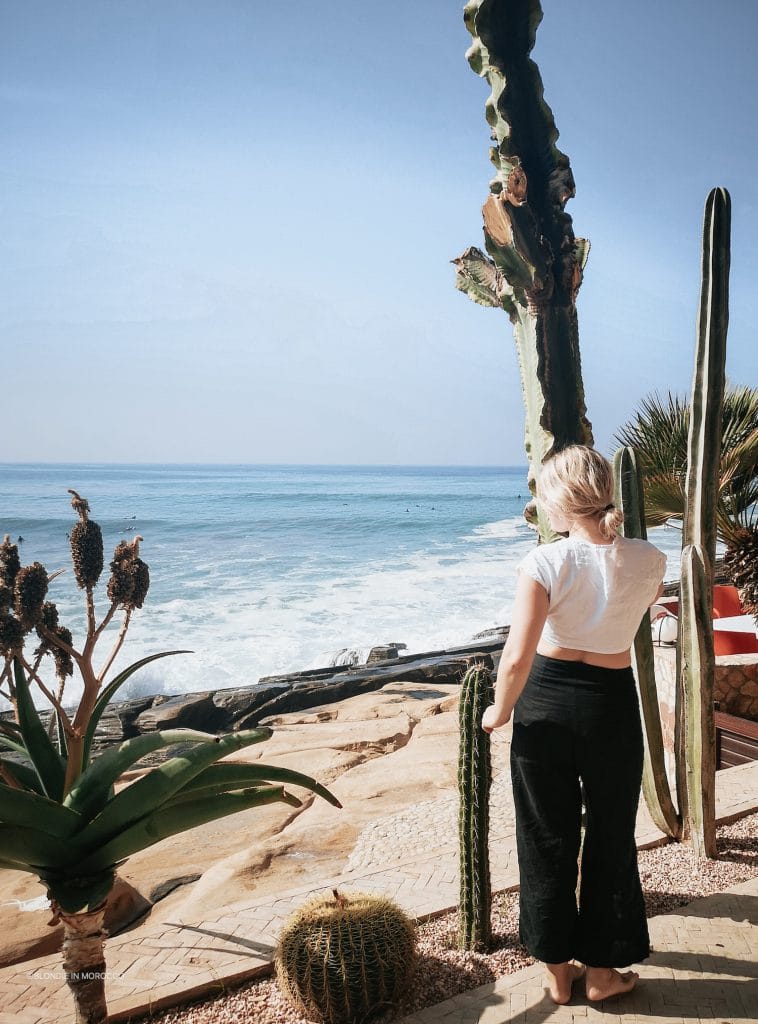
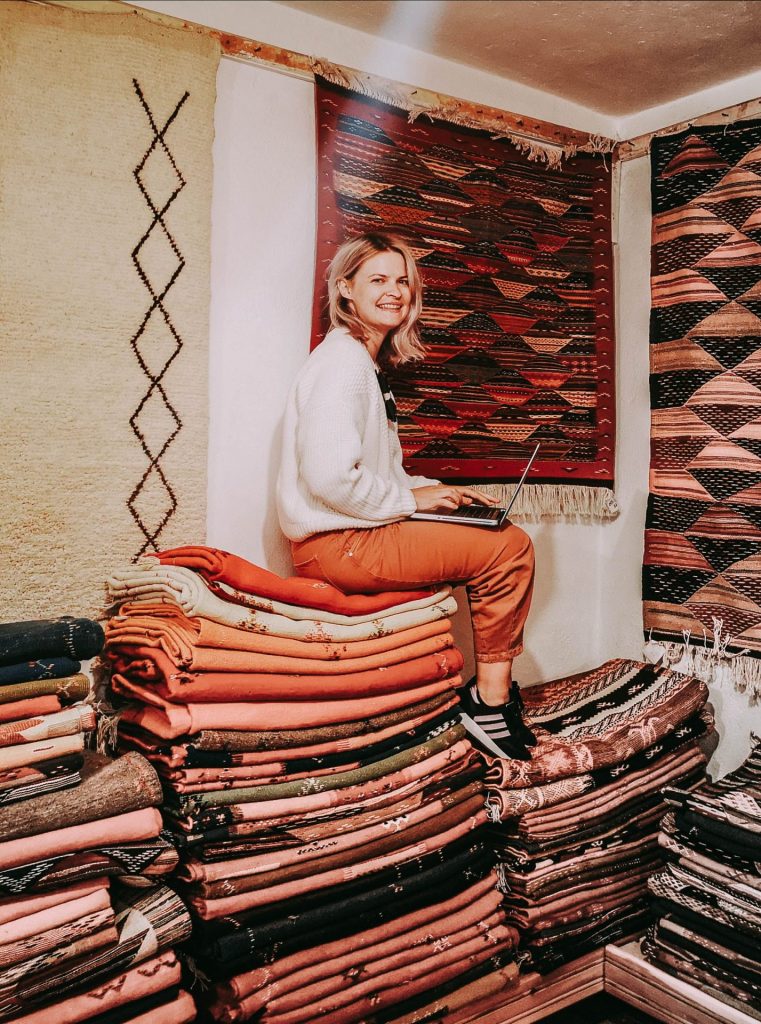
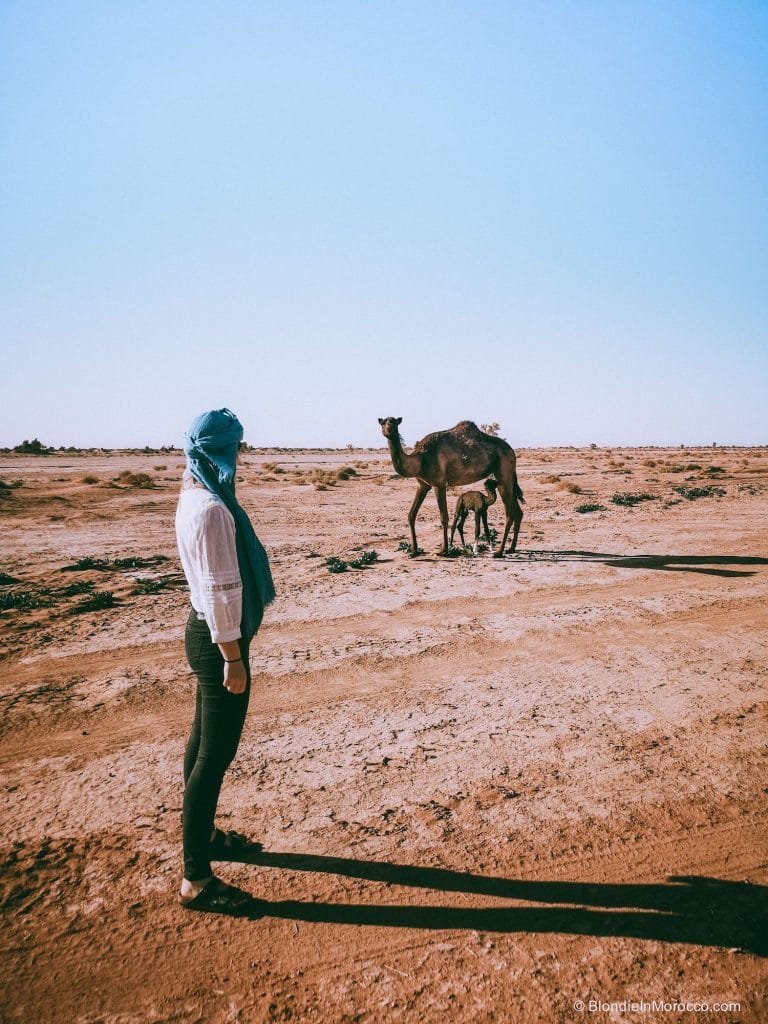
Where I Go for an Escape
I love driving—it serves as my personal escape. Morocco itself feels like one long road trip with breathtaking views. My favorite route runs along the coastline from Essaouira to Taghazout; at one point, you’ll wind through mountains by the beach, and it’s absolutely stunning. Another scenic route is in northern Morocco, from Ceuta, a Spanish city, to Tangier. While driving, you can see Europe’s coastline and glimpse Tarifa, a town in Spain. You’ll also pass by countless windmills, lush landscapes, lakes, and charming mountain villages.
Near Marrakech, I enjoy the drive from Asni to Lalla Takerkoust. This journey takes you through Berber villages where you can witness various harvesting fields and the Kik Plateau mountain pass, popular for paragliding activities.
Planning a Trip to Morocco? Book Your Consultation
Schedule a 50-minute one-on-one video consultation, and I’ll answer all your questions about Morocco, review your itinerary, or help create one together.
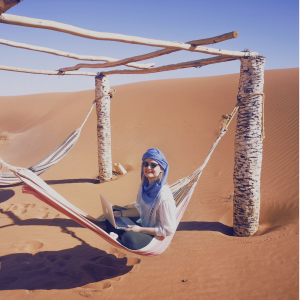
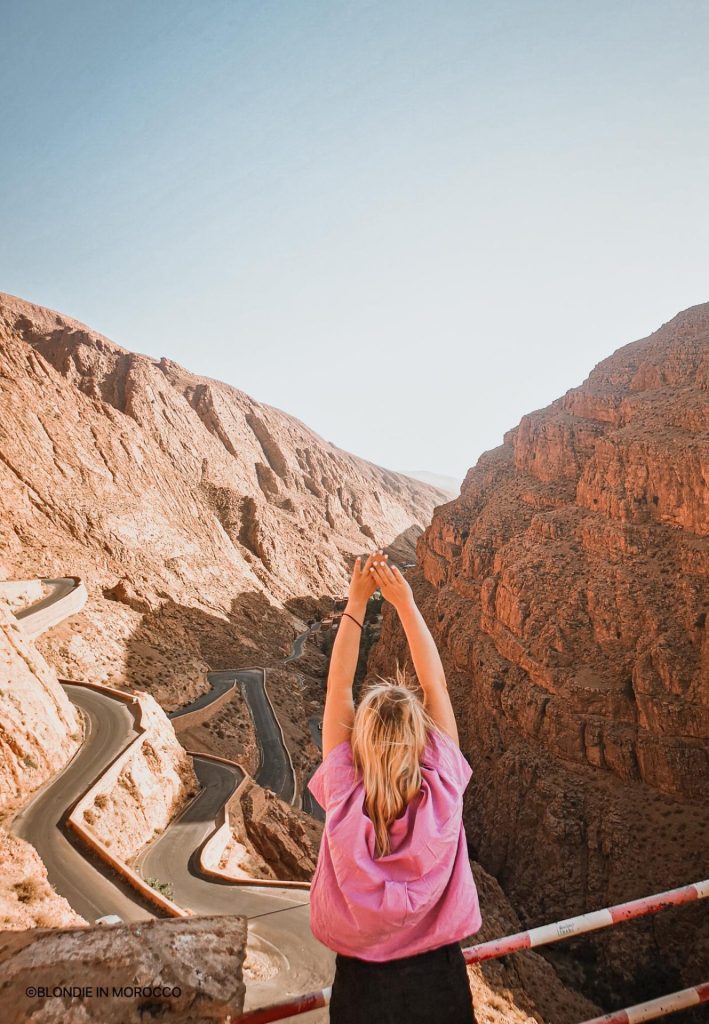
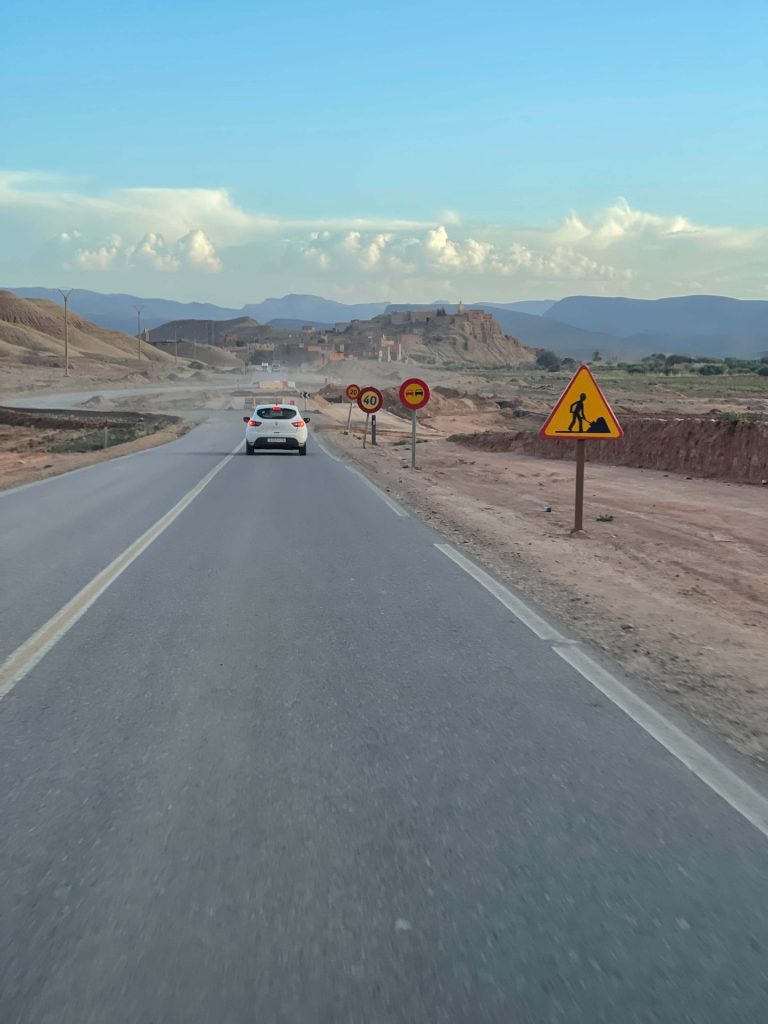
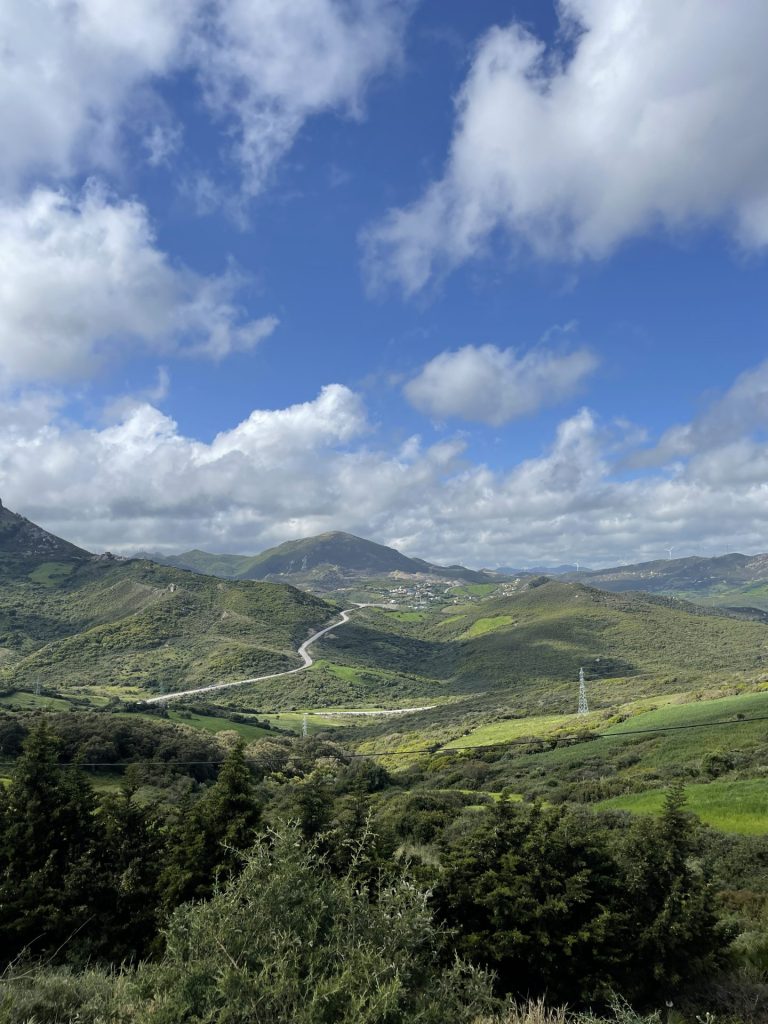
Less Touristy Places that Feel Most Like Morocco
With Morocco’s growing popularity, if you’re looking for a city experience, consider Fez instead of Marrakech. Fez’s Medina is beautiful, raw, and far less touristy. I’m not saying Marrakech isn’t worth visiting; it’s just much more frequented by tourists.
Not far from Fez lies the town of Moulay Idriss, often overlooked by travelers heading to the Volubilis archaeological sites. This holy city of Morocco didn’t allow non-Muslims to stay overnight until 2005. Nestled on a hill and surrounded by lush greenery, Moulay Idriss has a unique magic I’ve felt time and again. When the weather is cloudy, the town seems to disappear into the mist.
I also enjoy the Erg Chigaga dunes in the Sahara, near the village of M’Hamid El Ghizlane. M’Hamid is known as “The end of the road,” with the Algerian border just 24 km away. Erg Chigaga offers a wild and solitary experience where you can witness sunsets without other travelers around. The village itself has a surreal feel—it’s like stepping onto another planet, where time stands still. For a comparison of different parts of the Sahara, read my article Merzouga vs Zagora for the Sahara Desert Trip in Morocco?.
If you love the coastline, check out the remote village of Tafedna, near Essaouira, which is a hidden gem for beach enthusiasts, or Imsouane for surfing. While I adore Taghazout, it’s become trendy recently. Although it retains its charm, it may not be the ideal destination to avoid tourists. My secret spot is near Essaouira and Sidi Kaouki village—just enter “Sidi M’bark Waterfalls” into GPS. You’ll discover an incredible nature spot where stunning ocean views frame beautiful dunes. Keep walking, and you’ll stumble upon a small secluded beach surrounded by dunes, local dogs, and donkeys.
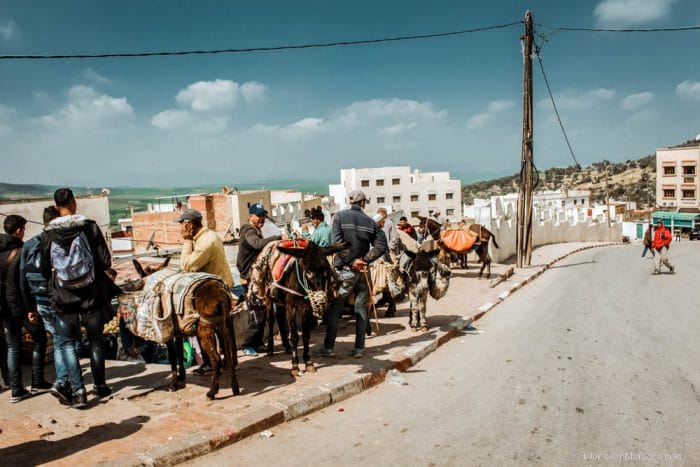
Places in Morocco That Make You Feel Elsewhere
You might be surprised to learn that it snows in Morocco! When winter hits, locals flock to Ifrane, a quaint town in the Middle Atlas Mountains, close to Fez. Known for its snow, charming alpine-style architecture, ski slopes, and forests, every time I visit Ifrane, I can’t help but feel a bit disoriented regarding my location. For further details, read my post Yes, There is Snow in Morocco.
Other small locations that remind me of Asia are the lagoons of Oualidia city (the oyster capital) and the serene Tafedna village near Essaouira. You’ll also be surprised by larger cities like Casablanca or the capital, Rabat—both of which boast modern amenities. The business district in Casablanca is expanding quickly, and the emerging skyscraper area evokes a Dubai-like skyline.
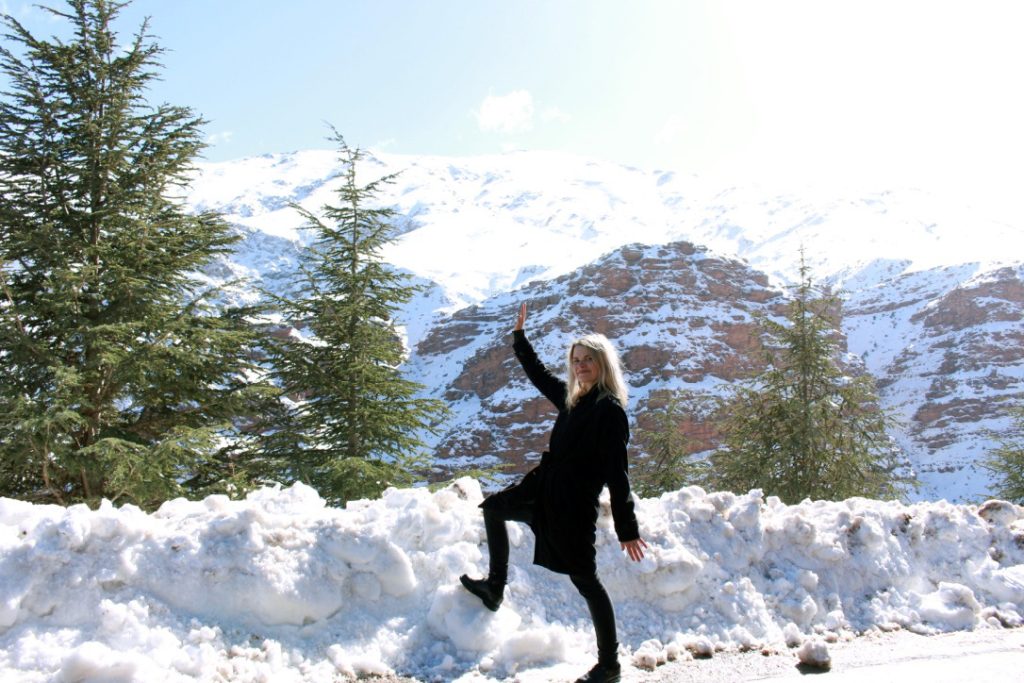
Exciting Moroccan Foods and Drinks You Must Try
I am a huge fan of Moroccan street food! You should definitely try the classic Moroccan dishes—tagine and couscous (which is traditionally served on Fridays)—but don’t overlook the street food. A list of my favorite street foods can be found in my post, My Favorite Moroccan Street Food.
Harira is a nourishing soup made with tomatoes, lentils, and chickpeas. I love pairing harira with Moroccan pastries called Chebakia, along with some dates and boiled eggs. The best harira is usually served at local eateries around 5-6 pm. If you see several small soup bowls on the restaurant counter, it’s time for harira.
Msmen is a flaky, buttery Moroccan bread or crepe made with wheat flour, semolina, olive oil, and butter. You can find freshly made Msmen in the afternoons or for breakfast. I love them prepared with spices and filled with cheese or honey. Many street food stalls offer Msmen, often served alongside Harira soup.
This next dish might be intimidating for vegetarians. Karin or Hargma (sometimes called trotters) is a Moroccan dish that not all locals adore. My friends refer to it as “hangover food,” ideal for late-night consumption after a night of drinking. Karin consists of cow’s or lamb’s feet stewed with chickpeas in a rich sauce. It’s a hearty, greasy offering commonly found in local restaurants during the evening.
The quintessential Moroccan drink is sweet mint tea, often served with generous amounts of sugar. In Moroccan cafés, you can order two types of coffee: Café Noir (a small cup of espresso) or Nous Nous (made with half milk and half espresso). You won’t find Nous Nous on the menu; instead, it’s an Arabic term meaning “half-half.” By asking for it, locals will know you’re a fellow Moroccan rather than a tourist.
Don’t miss out on the traditional Moroccan breakfast featuring my favorite omelette, khlea, which is made with dried beef. Pair it with a small dish of local honey, Amlou, argan oil, olive oil, and cheese (which I affectionately call breakfast tapas). Enjoy this with local bread, a cup of nous nous coffee, and a unique avocado juice cocktail. P.S. I’ll be sharing the best breakfast spot in Marrakech’s new area, Espace Fruit Othman, where you can find this delicious breakfast.
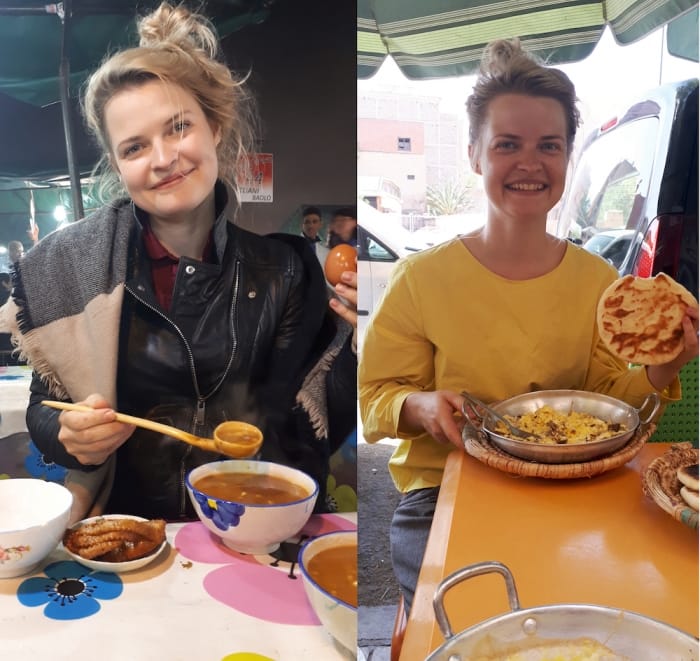
Must-Try Experiences That May Not Be Well-Known
– Hiking. Whether you’re an experienced hiker or a novice who enjoys short walks, select a beautiful nature spot and explore it on foot. If you’re near Marrakech, consider visiting Imlil village (just 1 hour away), the Ourika Valley, or Lalla Takerkoust Lake. For more details, read my post, My Hiking and Picnic Experience at 2km Above Sea Level in Imlil as well as The Essential Guide to Imlil Village, Morocco.
– Enjoying fresh fish. If you’re a seafood lover, head to the fish market in Essaouira (located at the port) to select fresh fish. After purchasing, find a grilling spot either in the dock or Medina to cook your fish, and enjoy it right there—it’s much more enjoyable than dining in a traditional restaurant, plus you can share leftovers with the local cats.
– Surfing. No matter if you’re a beginner or an experienced surfer, the Moroccan coastline is renowned for its excellent surf spots. The best areas are around Taghazout and Essaouira, which have affordable surf schools and instructors. Surfing is as casual and everyday here as playing ball games at the beach.
– Hammam. A hammam is a type of steam bath or sauna that is extremely popular in Morocco. In some villages, people still lack hot water or showers and opt for local hammams several times a week instead. You can choose between private and public hammams. I recommend trying a public hammam if you’re comfortable being semi-naked with other women. Believe me, after experiencing a genuine, local hammam, you’ll feel like you’ve shed years worth of old skin.
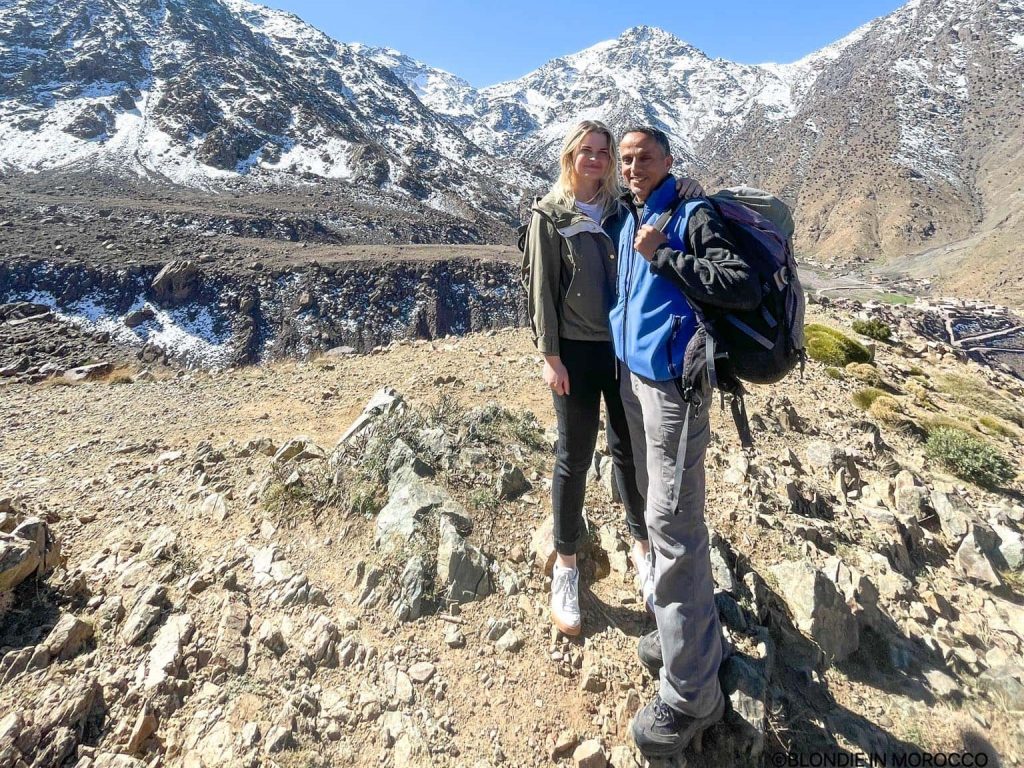
Essential Items to Bring to Morocco
If you could only bring two items, make sure one is a scarf—a larger, lightweight one to cover your head or face in the Sahara, to shield against the sun, or to drape over your shoulders if you feel underdressed or chilly. You can also use it to sit down in a local shop while negotiating for your dream carpet. Remember, the best deals in Morocco come with patience—take your time, sit down, enjoy tea, and discuss life before getting to the price.
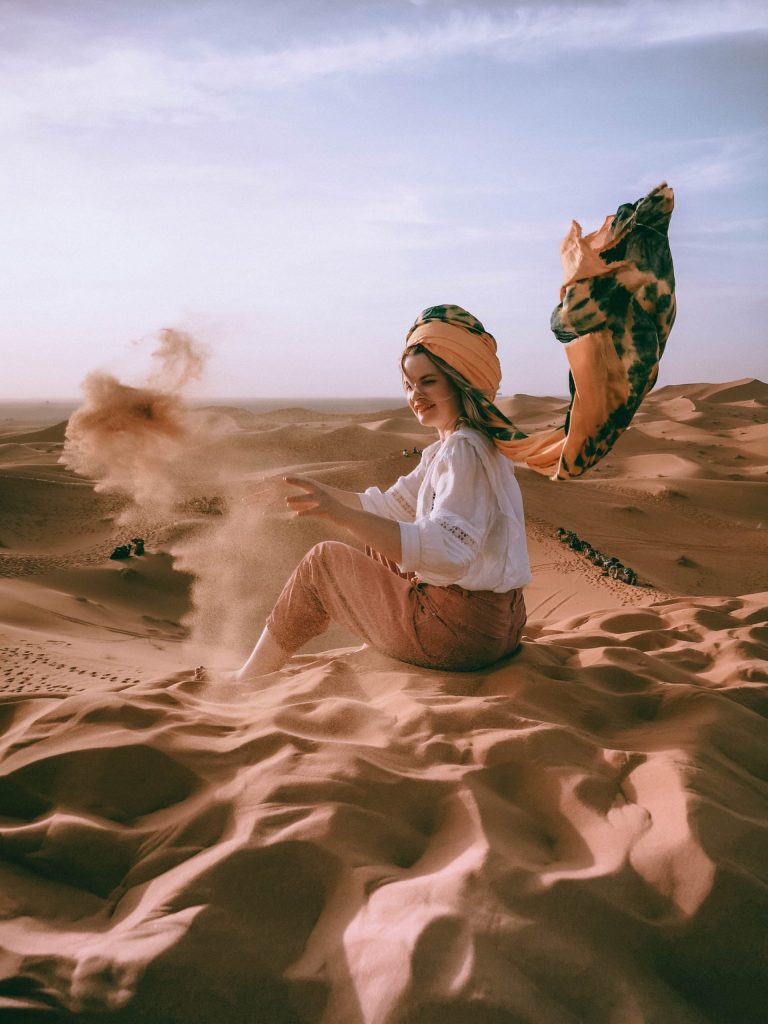
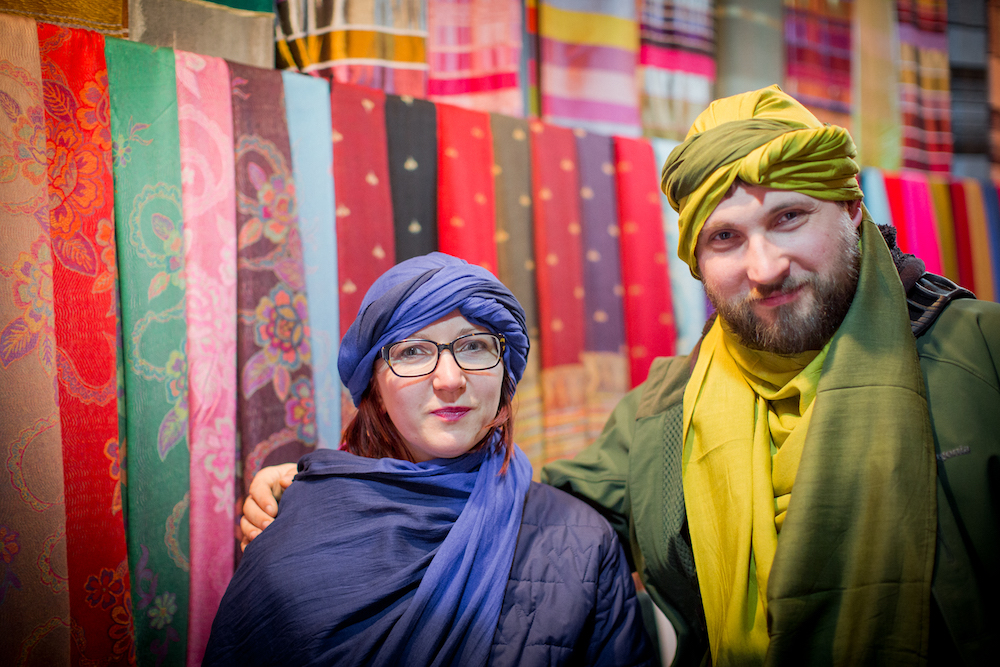
Morocco in Three Words
Inshallah | Welcoming | Vibrant
Main feature photo by Rasa Ulinske | Dew photography



